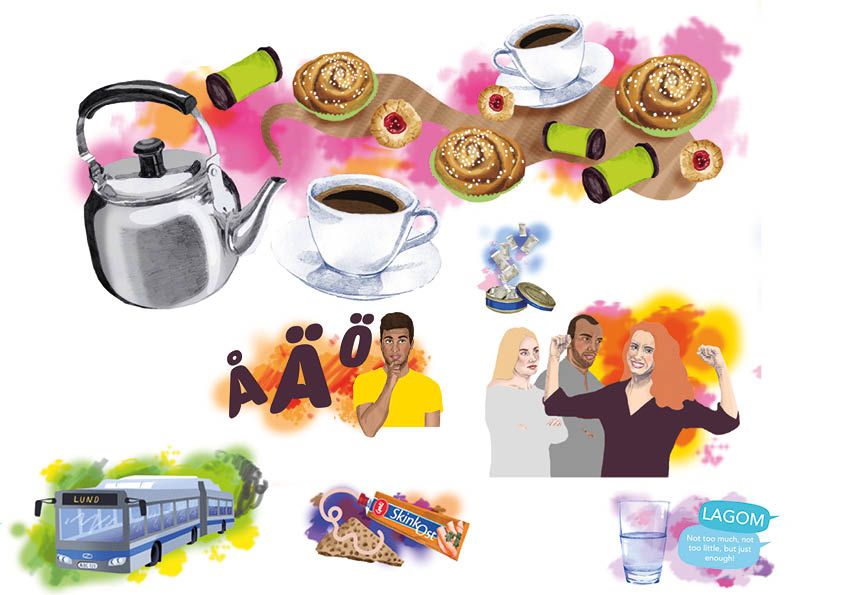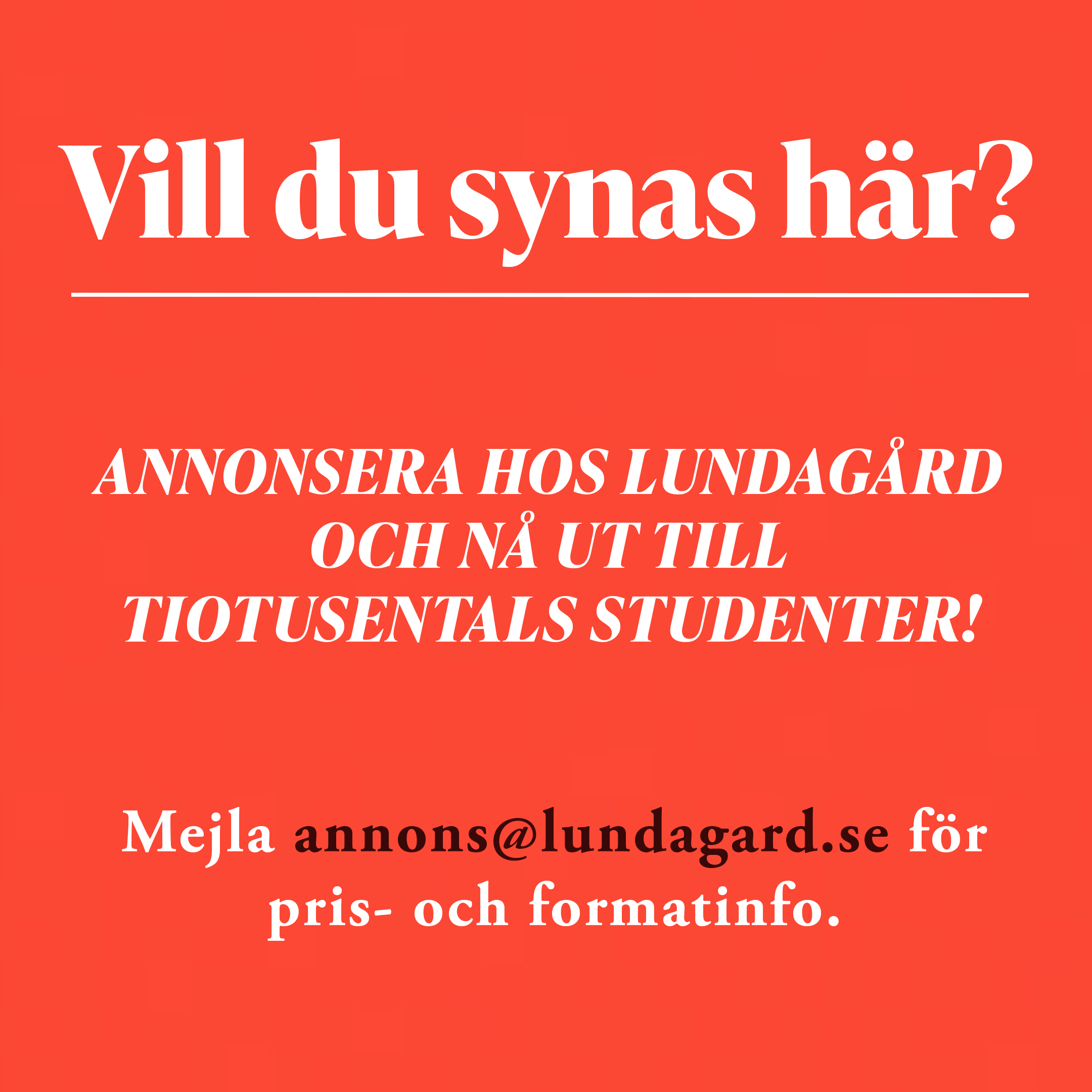Every country has it own peculiarities. And so does Sweden. Therefore Lundagård’s reporter Evan Farbstein will guide you to some of the things you might encounter during your stay in Sweden.
Mjukost
A British friend of mine, passing the mjukost display at a grocery store, turned to me and said: “This should not be legal.” That about sums up my initial sentiments toward the existence of these strange astronaut food-esque toothpaste tubes filled with cheese, which come in palette-perplexing varieties such as “shrimp” and “ham” and hang, unrefrigerated, from special displays at your local Swedish grocery store. I used to bring them home as gag gifts for friends, not actually daring to try them until one Swedish friend convinced me to – and now, the strangest thing of all is that I’ve really come to love mjukost. They’re super convenient: no slicing necessary, easy storage, quick dispensing. And mjukost is surprisingly versatile. In addition to topping bread, try mixing it in your pasta sauce or scrambled eggs.
That empty seat on the bus directly next to a seat someone else is already sitting in…
… don’t take it, unless there’s absolutely no other option available – and even then, have you considered trying standing while holding onto those weird plastic hand holder things, instead? Swedes treat this uncodified rule like it’s an inviolable provision of Sweden’s constitution.
Fika
Chances are you’ve heard this one already, but in case you haven’t: a fika is a quick break – usually shared with one or more friends or acquaintances – to drink a warm beverage, normally coffee, and often involving pastries, most traditionally cinnamon buns.
Snus
Sweden’s 1994 referendum on EU membership was contingent on Sweden being exempt from the EU ban on snus sales – that’s how much Swedes love these slug-shaped little packets of tobacco, which are illegal to buy or sell in the rest of the EU (Norway is the only other EEA country where snus is legally sold). The packets consist of moistened chewing tobacco which the user places between lip and gum; most varieties don’t require spitting, unlike regular chaw. Approximately 12 percent of the Swedish population regularly uses snus, and (author’s approximation) probably about 50 percent of Lund students will accept a packet if offered one while drunk. Be warned: if you’re not a tobacco user, don’t try snus for the first time when you’ve been drinking; your head will start spinning and you’ll likely puke.
Jantelagen (“The Law of Jante”)
A Danish novel published in 1933 about a small town named Jante described ten rules which govern Scandinavian social behaviour. They basically invoked a disdain for individual success and a glorification of the collective; the first rule reads: “You are not to think you are anything special,” and the others go in similar fashion. The individual is nothing, the collective is everything. The individual should never try to rise above the pack. You can test this at home: just give your Swedish friend a compliment, and watch him or her squirm. “Oh, this old shirt? It’s nothing great, I got it on sale, and look there’s a hole right here.” From my experience, Swedes have mixed feelings about this jantelagen mentality, with some saying it’s good to keep modest and contribute to the greater whole, while others feel that this fear of standing out makes them feel like their wings have been clipped.
Lagom
Lagom, a close cousin to jantelagen, is a Swedish word which means “not too much, not too little, but just enough.” A Swedish friend of mine likens the word – and the philosophy stemming from it – to why there’s always mellanmjolk (1.5 percent milk; literally “middle milk”) by the office supply of coffee: no one loves it, but no one hates it either. Check the garden in front of the Lund University psychology building to see lagom quantified: there’s a small stone obelisk that shows one official, exact unit of lagom. Fika Chances are you’ve heard this one already, but in case you haven’t: a fika is a quick break – usually shared with one or more friends or acquaintances – to drink a warm beverage, normally coffee, and often involving pastries, most traditionally cinnamon buns.
Å – Ä – Ö
And here you thought you’d learned all your vowels in grade school; well, think again. Swedish has three more vowels than English: Å, Ä, and Ö. If you’re like me and English is your first language, your vocal chords are just not going to know what to do with these strange Scandinavian sounds, at least not at first. Å is the easiest of the three: it comes from the back of the throat, an “oh”-like sound. You can practice by “Skåne” like you’d say the English word “scone” + “uh,” which is a fair approximation; if you want to sound like a Scanian you can turn it into a diphthong by pursing your lips during the articulation of the first vowel. I think of the other two, “the two with the little dots over them,” as the flattened cousins of A and O. To me, Ä makes the same sound as the “ea” in “bear,” and Ö the same sound as the “uh” sound you make when you’re trying to think of something to say – but I’m no expert, and you should ask your local Swede for help.










